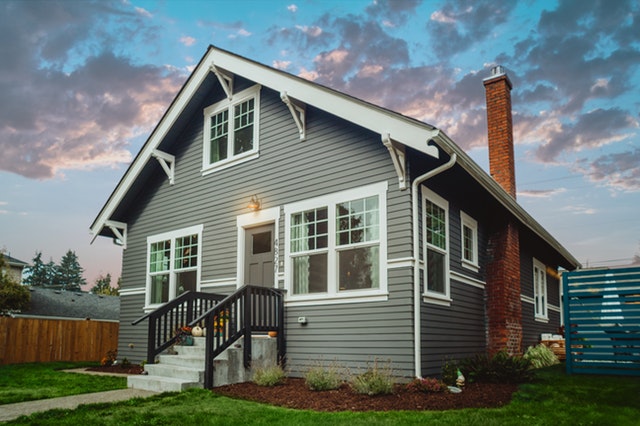 Case-Shiller’s National Home Price Index reported U.S. home prices grew by 3.20 percent year-over-year in July; as compared to year-over-year home price growth 0f 3.00 percent posted in June. Cities with the highest rates of year-over-year home price growth were Phoenix, Arizona with 5.80 percent year-over-year home price growth. Las Vegas, Nevada had 4.70 percent year-over-year home price appreciation and Charlotte, North Caroline bumped Tampa, Florida from the top three cities with home price appreciation of 4.60 percent. Tampa, Florida posted 4.50 percent year-over-year home price growth in July.
Case-Shiller’s National Home Price Index reported U.S. home prices grew by 3.20 percent year-over-year in July; as compared to year-over-year home price growth 0f 3.00 percent posted in June. Cities with the highest rates of year-over-year home price growth were Phoenix, Arizona with 5.80 percent year-over-year home price growth. Las Vegas, Nevada had 4.70 percent year-over-year home price appreciation and Charlotte, North Caroline bumped Tampa, Florida from the top three cities with home price appreciation of 4.60 percent. Tampa, Florida posted 4.50 percent year-over-year home price growth in July.
Home Price Growth Stalls In West
14 cities had higher home price gains than in June and Seattle, Washington was the only city in the 20-City Index to post lower home prices. Analysts said that after years of rapid and unsustainable growth in home prices on the West Coast coupled with economic expansion and job growth in areas with lower home prices. July readings for home-price growth in western cities that posted double-digit price growth percentages in recent years were far lower. Home prices in Portland, Oregon rose 2.50 percent year-over-year; Los Angeles, California home prices rose 1.10 percent and San Francisco, California posted year-over-year home price growth of 0.20 percent.
High Home Prices Ease Demand Caused By Low Supply Of Homes For Sale
As home prices in many markets skyrocketed, would-be buyers were sidelined by affordability cash buyers and strict mortgage loan requirements. With home prices stabilizing and mortgage rates at near-record lows, more buyers will likely enter the market. This would increase demand on already slim supplies of homes for sale and cause home prices to rise at a faster pace than they have in 2019. Current rates of home price growth remain higher than current inflation and wage growth, but are low enough to encourage home buyers who were previously unable to keep up with rapidly rising home prices.
Seven cities posted higher rates of home price growth year-over-year in July as compared to readings for year-over-year home price growth from June 2018 to June 2019. The National Association of Realtors® said that sales of pre-owned homes were higher in July for the first time in months. The supply of available homes tightened in June; this trend is expected to boost home prices as demand for homes increases.
 Many want to have a home, yet find it difficult to afford one by themselves. Some people are forming home-buying partnerships to buy a home and live in it together. Here are some considerations for those interested in forming a home-buying partnership.
Many want to have a home, yet find it difficult to afford one by themselves. Some people are forming home-buying partnerships to buy a home and live in it together. Here are some considerations for those interested in forming a home-buying partnership. The Federal Reserve’s Federal Open Market Committee reduced its key short-term interest rate range one-quarter percent to 1.75 to 2.00 percent during it’s September meeting. While FOMC members had mixed opinions on reducing the benchmark rate range for short term loans, the post-meeting statement suggested that reducing the federal funds rate was a hedge against inflation. The federal funds rate impacts short-term consumer loan rates for autos and adjustable rate mortgages, but does not impact fixed mortgage rates. FOMC monetary policy decisions are governed by the Federal Reserve’s dual mandate of maintaining price stability and an inflation rate of 2.00 percent.
The Federal Reserve’s Federal Open Market Committee reduced its key short-term interest rate range one-quarter percent to 1.75 to 2.00 percent during it’s September meeting. While FOMC members had mixed opinions on reducing the benchmark rate range for short term loans, the post-meeting statement suggested that reducing the federal funds rate was a hedge against inflation. The federal funds rate impacts short-term consumer loan rates for autos and adjustable rate mortgages, but does not impact fixed mortgage rates. FOMC monetary policy decisions are governed by the Federal Reserve’s dual mandate of maintaining price stability and an inflation rate of 2.00 percent.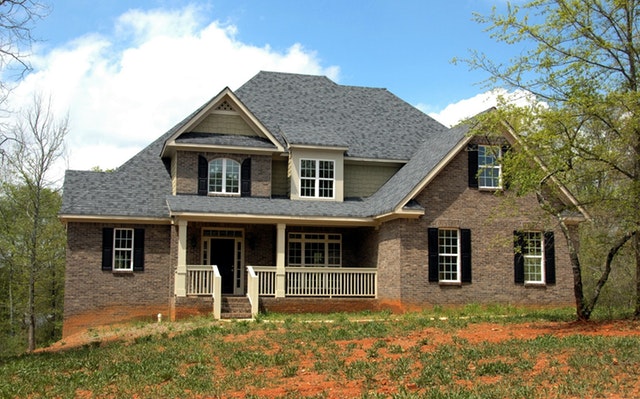 The National Association of Home Builders Housing Market Index shows steady builder confidence in housing market conditions. September’s index reading of 68 was one point higher than August’s reading. Any reading over 50 indicates that most home builders surveyed view housing market conditions as favorable. August’s original index reading was adjusted upward by one point.
The National Association of Home Builders Housing Market Index shows steady builder confidence in housing market conditions. September’s index reading of 68 was one point higher than August’s reading. Any reading over 50 indicates that most home builders surveyed view housing market conditions as favorable. August’s original index reading was adjusted upward by one point.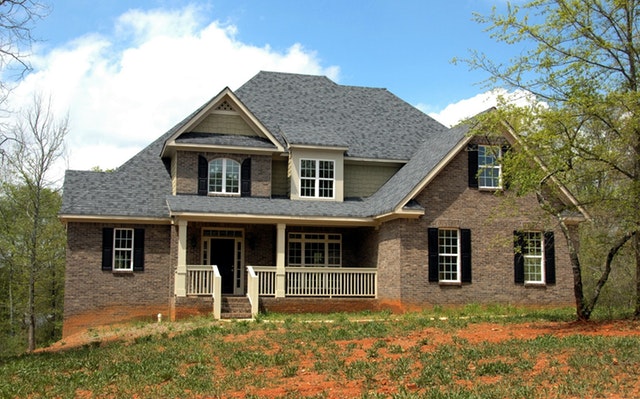 The rapidly rising home prices currently found in many parts of the United States make it seem like the Great Recession of 2008 never happened. It took approximately eight years for home prices to recover the values that were equivalent to those they had before the recession.
The rapidly rising home prices currently found in many parts of the United States make it seem like the Great Recession of 2008 never happened. It took approximately eight years for home prices to recover the values that were equivalent to those they had before the recession.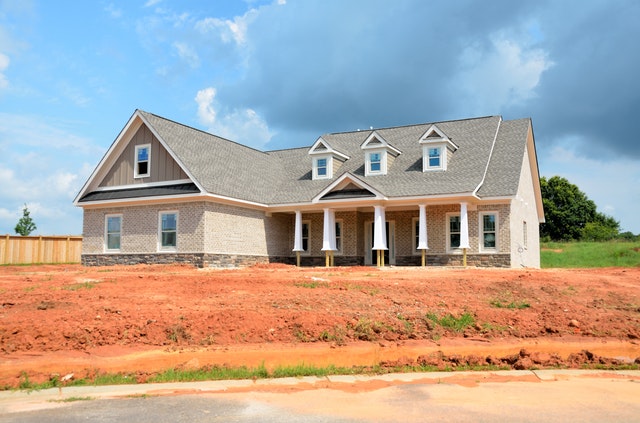 modestly priced. The demand for smaller, less expensive homes is growing, while the overall demand for new custom homes is declining. Prices decreased slightly, by about one-half percent, from the price levels in 2018 for newly-constructed homes.
modestly priced. The demand for smaller, less expensive homes is growing, while the overall demand for new custom homes is declining. Prices decreased slightly, by about one-half percent, from the price levels in 2018 for newly-constructed homes. Home price growth continued to slow in June according to Case-Shiller’s 20-City Home Price Index. 17 cities reported higher home prices in June, but three cities reported lower home prices month-to-month. Seattle, Washington was the only city to report lower home prices year-over-year in June.
Home price growth continued to slow in June according to Case-Shiller’s 20-City Home Price Index. 17 cities reported higher home prices in June, but three cities reported lower home prices month-to-month. Seattle, Washington was the only city to report lower home prices year-over-year in June.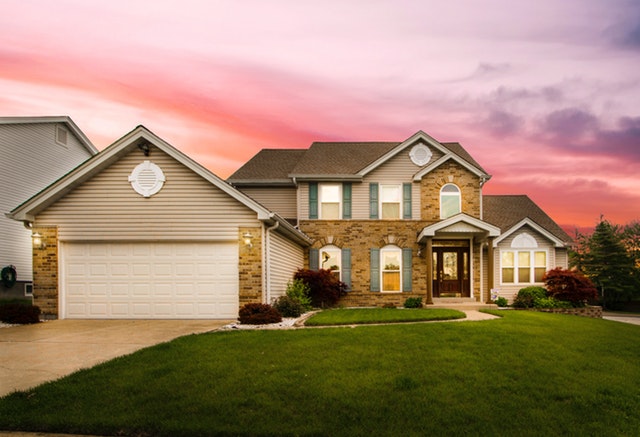 Don’t panic, a looming recession may be good news for those wanting to sell their homes. The experts say this recession may happen in 2020, so there is still plenty of time to make plans for how to deal with a potential economic downturn.
Don’t panic, a looming recession may be good news for those wanting to sell their homes. The experts say this recession may happen in 2020, so there is still plenty of time to make plans for how to deal with a potential economic downturn. Flipping homes is popular once again. It took about eight years after the Great Recession that started in 2006 for home prices to rebound to the levels seen before the recession. Then, by 2016, in many areas, home prices started to rapidly increase.
Flipping homes is popular once again. It took about eight years after the Great Recession that started in 2006 for home prices to rebound to the levels seen before the recession. Then, by 2016, in many areas, home prices started to rapidly increase. The average size of an American home has been increasing since the 1970s. The American Enterprise Institute (AEI) reports that, in 1973, the median size for a new home in the United States was 1,660 square feet.
The average size of an American home has been increasing since the 1970s. The American Enterprise Institute (AEI) reports that, in 1973, the median size for a new home in the United States was 1,660 square feet.